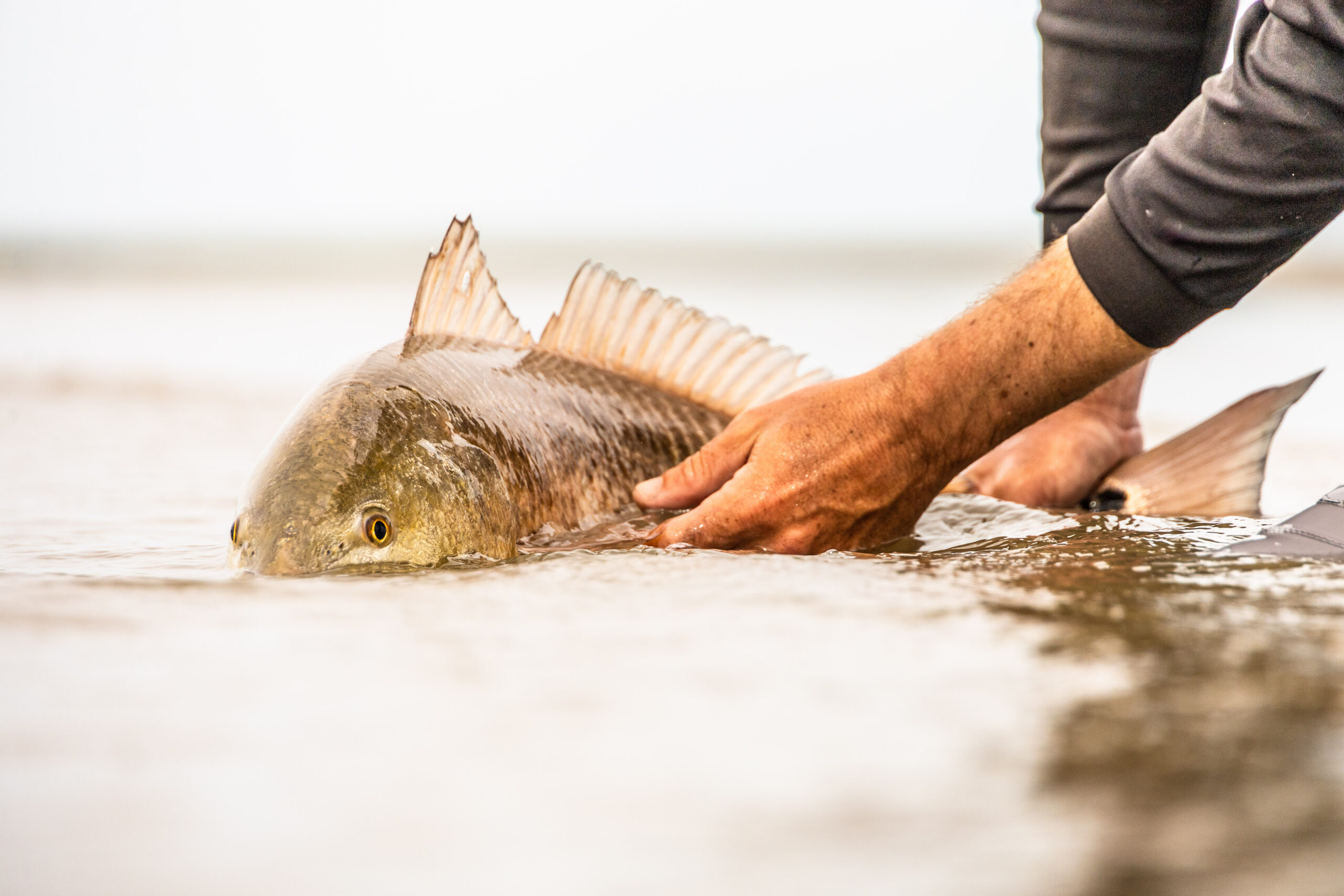Research Need
The Roanoke River in North Carolina represents an important spawning habitat for striped bass. Anglers flock to the river (above) each year to target this charismatic species.
Fisheries scientists understand the basic migration patterns of striped bass. Simply put, adult fish spawn in the river and feed in the ocean. What is much less certain is where the fish go specifically, how fast they travel, and if and when they return to the same place to spawn. Changes in water temperature may trigger these migrations, or other factors could be at play.
Having a better understanding of the species’ fine-scale movements throughout the year can help managers to craft specific regulations at the local level, as well as to identify essential fish habitat on the broader ecosystem level.
What did they study?
Scientists from NC State University telemeter-tagged and released 17 female and two male large Roanoke River striped bass, 29.5 to 45.0 inches long, during the springs of 2011 and 2012. The investigators tracked fish movements in near-real time with an expansive network of 480 acoustic receivers throughout the U.S. south Atlantic east coast, including North Carolina waters. Multiple researchers, institutions and organizations own the receivers and collaborated on the study, sharing data whenever a new tagged fish entered the array.
What did they find?
All fish survived tagging and rapidly left the Roanoke River after spawning.
Four fish likely migrated into the ocean, and fishermen later caught two other fish in coastal Massachusetts waters and in the Albemarle Sound; 11 of the 13 remaining fish, all females, headed great distances to northern ocean waters offshore from New Jersey to Massachusetts, where they spent their summers before returning to the Roanoke River to spawn the following year.
The two males, which also happened to be the smallest tagged fish, left the river after spawning but appeared to remain in offshore North Carolina waters before returning to spawn the following spring.
What else did they find?
No tagged fish left the spawning grounds until river temperatures reached at least 64.5˚F.
Fish journeyed from the Roanoke River around May, spent June to September in northern ocean waters, and then started swimming south again in October to arrive in the Roanoke River by the following spring. The return trip in the second year of the study began three weeks later, likely due to cooler ocean temperatures than the year before.
Anything else?
The striped bass covered about 27 miles per day. Larger fish tended to swim at faster rates that smaller fish. For example, the largest striped bass in the study, a 49.5-inch female, traveled from the Roanoke River spawning grounds to New Jersey — a distance of 521 miles — in 10 days.
by Scott Baker

